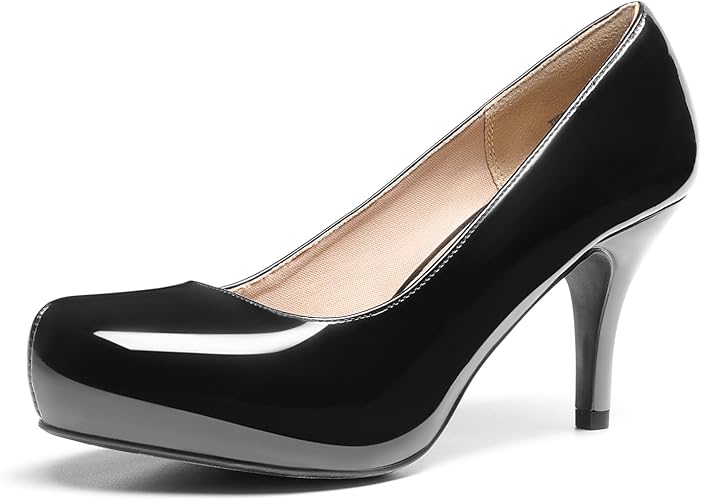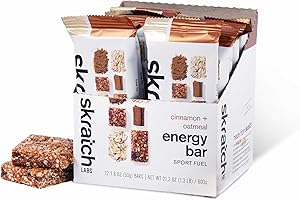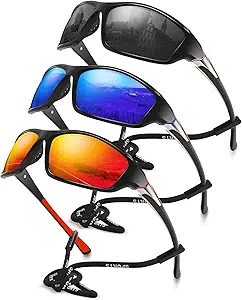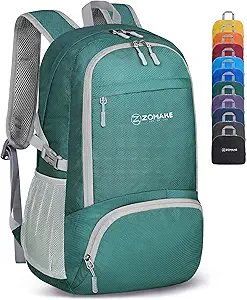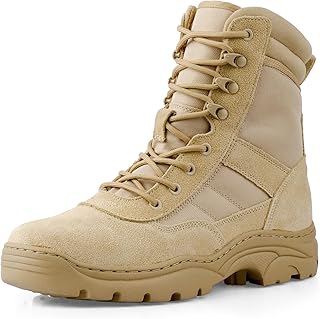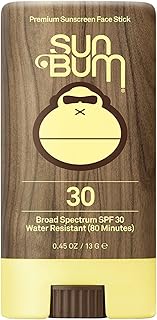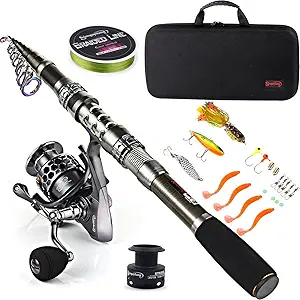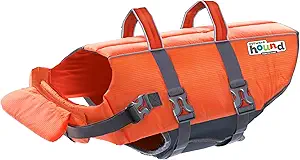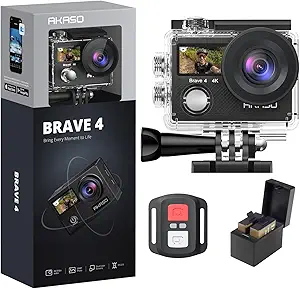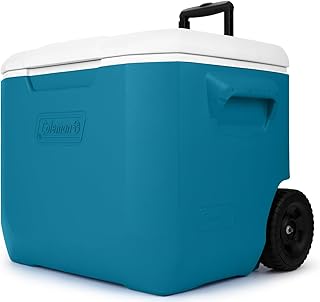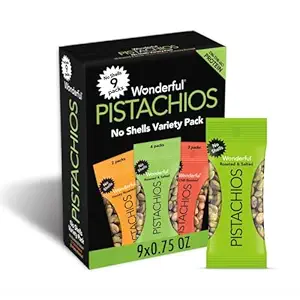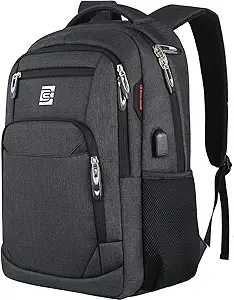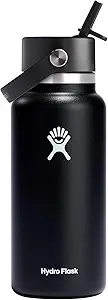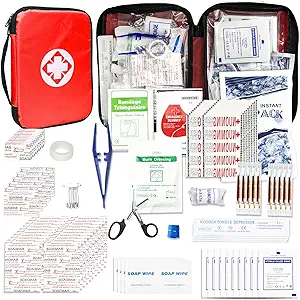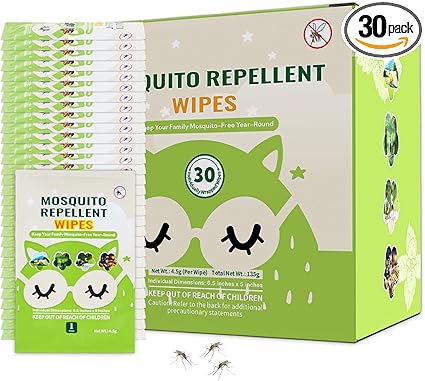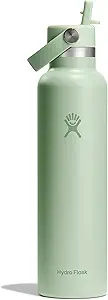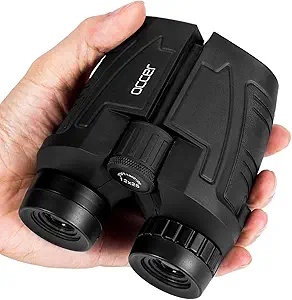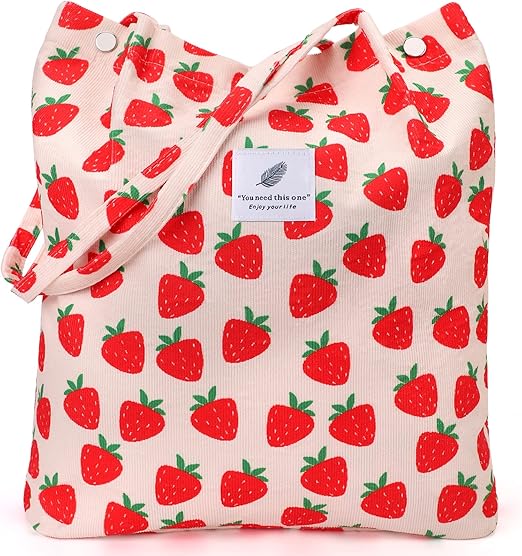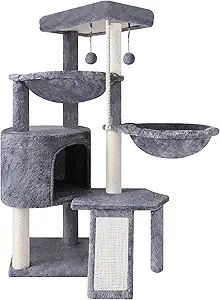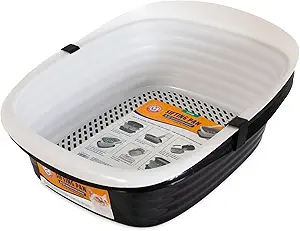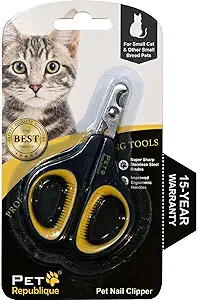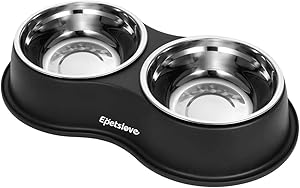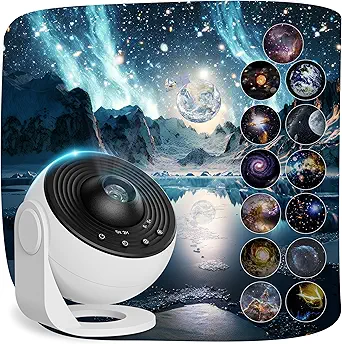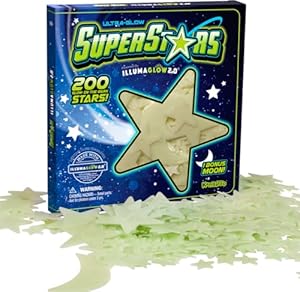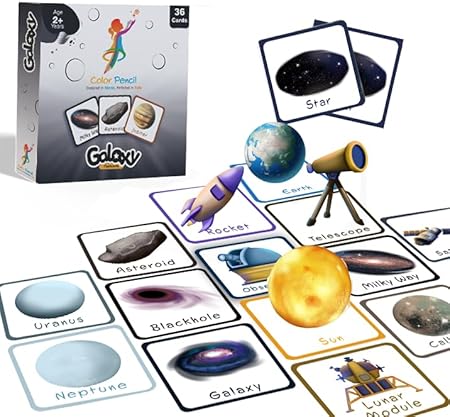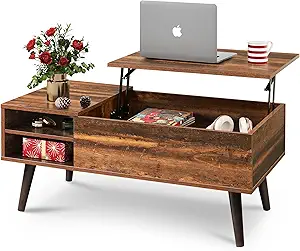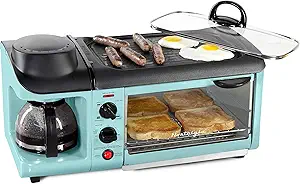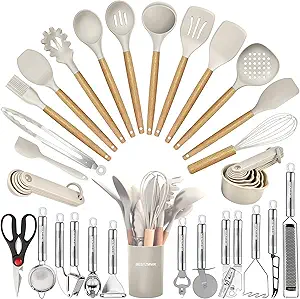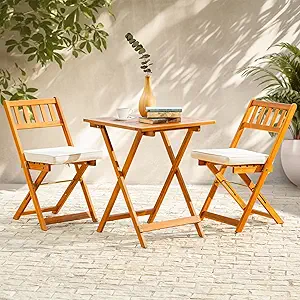Things to Remember When Going to a Cooking Class
Whether you're a complete novice in the kitchen or a home cook looking to sharpen your culinary skills, attending a cooking class is a fun, interactive, and delicious way to learn. But like any experience, preparation is key. From having the right gear to knowing what to expect, your readiness can make or break the class. So, before you tie that apron and fire up the burners, here’s a comprehensive guide on the things to remember when going to a cooking class — featuring must-have items and pro tips to help you stir, sauté, and serve with confidence.
1. Apron – Your Kitchen Armor
Tag: #apron #cooking #class #gear #kitchen
First and foremost, bring a trusty apron. It might seem obvious, but many attendees forget this kitchen essential. An apron protects your clothes from sauce splatters, flour clouds, and oil drizzles. A good one with front pockets can also hold smaller tools like timers or notepads for quick access.
Choose a durable, washable apron that fits comfortably. Adjustable neck straps and waist ties ensure a snug fit, while stain-resistant materials make post-class cleanup easier.
Pro Tip: Dark-colored aprons hide stains better and still look classy.
2. Utensils – Tools of the Trade
Tag: #utensils #tools #kitchen #gear
Some cooking classes provide utensils, but others expect you to bring your own. Double-check with your instructor ahead of time. Essential utensils may include measuring cups and spoons, spatulas, tongs, a peeler, and whisks.
By using familiar tools, you'll gain a deeper understanding of how to work efficiently at home. If you’re serious about learning, invest in high-quality, ergonomic utensils that make every chop and stir smoother.
3. Recipe – Your Roadmap to Culinary Success
Tag: #recipe #instructions
Most cooking classes center around a recipe (or a few). Some classes distribute printed instructions; others may ask you to download or print your own ahead of time. Keep your recipe sheet neat, and bring it in a protective sleeve or clipboard.
Reading through the recipe before the class starts gives you a mental map of what you’ll be doing. It also helps you prepare the right mindset and questions.
Pro Tip: Highlight complex steps or terms you're unfamiliar with — that’s where the class can give you the most insight.
4. Ingredients – The Heart of the Dish
Tag: #ingredients #prep
If your class is BYOI (Bring Your Own Ingredients), make a checklist based on the recipe. Ingredients should be fresh, pre-washed, and portioned before class to avoid delays.
Labeling each item can save precious minutes, especially in fast-paced workshops. Place your ingredients in separate containers or Ziploc bags, keeping wet and dry items apart.
Don’t forget specialty items like herbs, sauces, or rare spices — these can be hard to source last-minute.
5. Knife – A Sharp Mind Deserves a Sharp Tool
Tag: #knife
A reliable knife is non-negotiable in the kitchen. Most classes recommend a chef’s knife because of its versatility. A sharp, well-balanced knife makes slicing, dicing, and mincing easier and safer.
Bringing your own knife allows you to learn using the tool you’ll be practicing with at home. Use a protective knife guard or carry it in a roll-up knife bag for safety.
Safety Reminder: Never carry a knife loose in your bag.
6. Notepad – Record and Reflect
Tag: #notepad #notes
No matter how intuitive the class is, there will be tips and tricks worth jotting down. Bring a notepad and pen to take notes on substitutions, instructor advice, or plating suggestions.
Sketch out diagrams of how ingredients are arranged or the final dish. Notes also help you recall timing, temperatures, and flavor pairings.
Digital Alternative: Use a cooking notes app on your phone if you're more tech-savvy, but make sure it's on silent during the class.
7. Timer – Keep It Precise
Tag: #timer
Timing is everything in cooking. A personal timer can help you manage your station when the class gets hectic. Sure, the instructor will give general cues, but having your own timer ensures that your rice doesn't overcook or your chocolate doesn't seize.
Digital timers are compact and reliable, but even your phone’s timer will work — just make sure it’s fully charged.
8. Containers – Pack Those Leftovers
Tag: #containers #storage
Most classes produce more food than you can eat on-site. Bring a few containers to take leftovers home — you’ll be glad you did when hunger strikes later.
Choose leak-proof, microwave-safe containers. If you're prepping multiple recipes, having a few differently sized ones makes organization easier.
Label your containers with a permanent marker or tape for easy identification.
9. Gloves – Safety First
Tag: #gloves #safety
Heat-resistant gloves (or oven mitts) are essential for classes involving baking, roasting, or stovetop work. If you’re dealing with raw meat or seafood, food-safe disposable gloves keep things hygienic.
Some people also prefer wearing gloves while chopping strong-smelling ingredients like garlic or onions to avoid lingering odors on their hands.
10. Bottle – Stay Hydrated
Tag: #waterbottle #hydration
Amid the whirlwind of chopping, stirring, and plating, don’t forget to drink water. A water bottle helps keep you hydrated without needing to step away from your station.
Choose a reusable, spill-proof design to minimize accidents on your workstation. Staying hydrated helps with concentration and energy throughout the class.
Bonus Tip: Avoid sugary drinks, as they can spike and crash your energy mid-session.
Additional Tips for Success
Dress Smartly
Wear comfortable, closed-toe shoes and breathable clothing. Kitchens get hot quickly, and standing for long periods in poor footwear can be tiring.
Avoid loose sleeves or long jewelry that could catch on equipment or dangle into food.
Be Punctual
Arrive early to set up your station, review your recipe, and introduce yourself to the instructor. Being prompt sets a respectful tone and gives you time to settle in.
Clean As You Go
Wipe down your station, wash utensils as you finish with them, and be mindful of shared space. Cleanliness keeps the class flowing smoothly and builds good habits for home cooking.
Be Open to Feedback
Instructors are there to guide and correct — not criticize. Embrace constructive feedback and use it as fuel for improvement. Ask questions, even if they seem basic. Everyone is there to learn.
Make Connections
Cooking classes are social environments. Don’t hesitate to chat with fellow students, share ingredients, or offer help. You may even leave with a new friend or two (and maybe a dinner invitation!).
Post-Class Action Plan
After the class, don’t let the learning stop. Recreate the recipe at home within a few days while it’s still fresh in your mind. Refer to your notes and compare results.
Take photos of your homemade dish and share them online (don’t forget to tag your cooking class or instructor if applicable). It’s a great way to stay engaged and accountable.
Store your recipe sheet and notes in a binder or app for easy future reference. Over time, you’ll build your own cookbook from all the classes you attend.
Conclusion: Come Prepared, Leave Empowered
A cooking class can be a transformative experience, blending fun, flavor, and finesse in one compact session. But the magic really happens when you walk in prepared. With the right tools — from your apron to your water bottle, your knife to your containers — you’re not just a student; you’re an aspiring chef.
So next time you sign up for a class, check off this list and walk in ready to chop, sauté, and succeed. With each class, you’re not just cooking — you’re evolving.
Tags
#apron #cooking #class #gear #kitchen #utensils #tools #recipe #instructions #ingredients #prep #knife #notepad #notes #timer #containers #storage #gloves #safety #waterbottle #hydration



